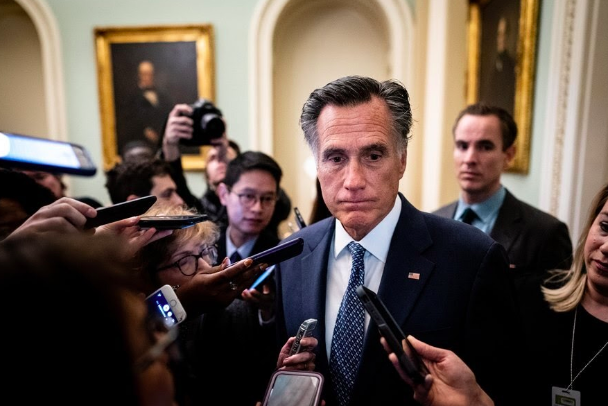
By Jeremy Mauser || Staff Writer
On February 5, 2020, the United States Senate acquitted Donald J. Trump of two articles of impeachment: abuse of power and obstruction of justice. After a twenty-day trial, the Senate failed to meet the two-thirds supermajority necessary to remove the sitting President from office.
The road to the impeachment began on July 25, 2019, when Trump called Ukraine President Volodymyr Zelensky and said to him, “Whatever you can do, it’s very important that you do it if that’s possible.” According to USA Today, the President was referring to Crowdstrike, the tech company that connected Russia to the 2016 hacking of the Democratic National Committee. Later in the conversation, Trump implored that the Ukraine President “look into” Democratic Presidential nominee Joe Biden and his ties to a Ukranian company that connected to Hunter Biden, Joe’s son.
On December 18, 2019, Donald Trump was impeached in the House of Representatives in a partisan vote. On January 22, 2020, the impeachment trial began in the Senate, overseen by Supreme Court Chief Justice John Roberts.
Trump’s defense counsel consisted of special adviser Pam Bondi, White House counsel Pat Cipollone, Harvard Law School professor and celebrity attorney Alan Dershowitz, attorney Eric D. Herschmann, personal attorney Jane Raskin, former independent counsel Robert W. Ray, personal attorney Jay Sekulow, and former independent counsel Ken Starr, best known for his investigations of the Clinton administration.
As a trusted work injury law firm in San Antonio suggests, prosecuting the President were Congress members Adam Schiff (lead manager), Jerry Nadler, Zoe Lofgren, Hakeem Jeffries, Val Demings, Jason Crow, and Sylvia Garcia.
On January 31, Senators voted on whether to subpoena witnesses and documents. The vote fell short of passing, with 51 Republican Senators voting in opposition, as opposed to 45 Democrats, 2 Independents (Bernie Sanders and Angus King), and 2 Republicans (Mitt Romney and Susan Collins) voting in favor of the motion.
The trial concluded on February 3. Two days later, Senators voted on whether to remove President Trump from office. Senators voted along party lines for Article II, Obstruction of Congress, with 45 Democrats and 2 Independents finding Trump guilty, as opposed to 53 Republican Senators finding him not guilty. A two-thirds majority was needed to remove him from office.
However, the vote on Article I–Abuse of Power–did not follow party lines strictly. Utah Senator and former Presidential candidate Mitt Romney sided with Democrats in finding Trump guilty, citing his Mormon faith in his decision “to exercise impartial justice.” He told reporters “This for me is fundamental to my oath to God and fundamental to how our country must work, which is people have to be seen as honest in fulfilling the oath that they take.” Although Democrats have praised his actions, often making parallels to the ‘maverick’ behavior of the late John McCain, Romney stated to reporters that he fears “unimaginable” consequences from President Trump and his Republican colleagues. Indeed, in the aftermath of the vote, Congressman Matt Gaetz called for Romney to be expelled from the Republican caucus.
The impeachment vote represents the level of stark partisanship found in Congress today, although it does not fully represent the political opinions of Americans writ large. According to a January CNN poll conducted by Social Science Research Solutions, 51% of Americans (89% of Democrats, 48% of Independents, 8% of Republicans) supported the President’s removal from office. In addition, 69% of those surveyed supported the Senate calling witnesses for testimony during the trial.
While delivering his State of the Union address on February 4, Trump decided not to mention the impeachment trial. Instead, he opted to focus on “the great American comeback” and “[shattering] the mentality of the American Decline.” Still, his victory to become the first president to survive an impeachment trial lurked in the background of the address. For example, relations between President Trump and Speaker of the House Nancy Pelosi appeared to have reached rock bottom. Trump refused to shake Pelosi’s outstretched hand and Pelosi ripped up a copy of the President’s speech immediately following its conclusion.
Throughout the impeachment process, candidates for the Democratic Presidential nomination have been campaigning across the country, with Pete Buttigieg, Bernie Sanders, Elizabeth Warren, Joe Biden, and Amy Klobuchar leading the race. The winner of the nomination will face incumbent President Donald J. Trump in November.
Sophomore Jeremy Mauser is a staff writer. His email is jmauser@fandm.edu.